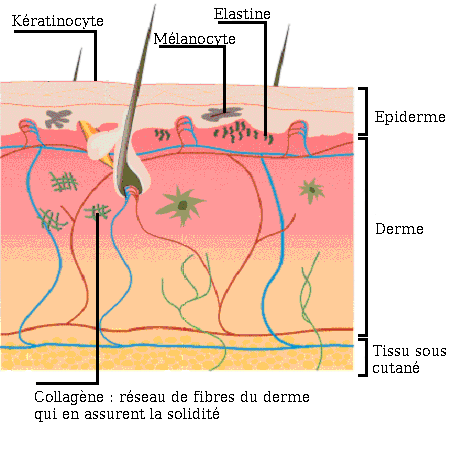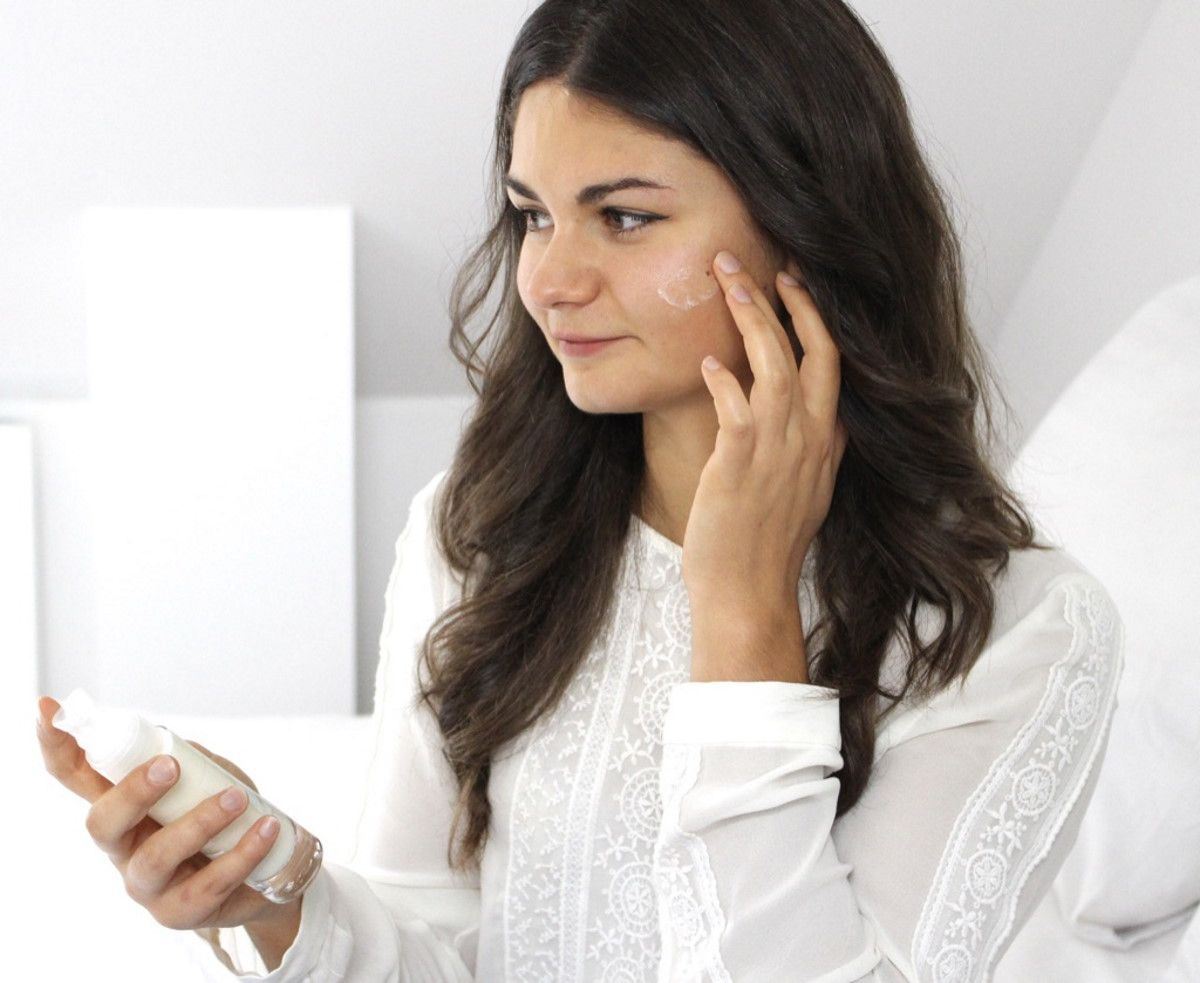One of the questions that we never really asked ourselves, but not the least: what constitutes my skin?
Cosmetic products are, by definition, preparations intended to be brought into contact with the various superficial parts of the human body, in particular the epidermis which is the first layer of our skin. Their purpose is to clean, perfume, modify its appearance, protect, maintain it in good condition and/or correct body odours.
What if understanding our products and our routines meant knowing our skin? Let's zoom in precisely and a little microscopically on one of the heaviest organs in our body, which is 16% of body weight!
First of all, our skin is made up of 3 superimposed layers , all very different from each other: the epidermis, the dermis and the hypodermis .

The epidermis: the first layer of the skin
It is the outermost layer of the skin that will be in direct contact with the outside. Its main function is to protect the body from chemical, mechanical and microbiological agents.
On the surface of the epidermis we find two types of orifices:
Pores: This is where sweat flows.
The ostias: these are orifices through which the sebum flows and from which the hair emerges.
In addition, to avoid any contamination with the inside of our body, this layer is devoid of blood vessels. There is all the same in the deep face of the epidermis a zone which allows epidermis-dermis cohesion. It is a wavy line called the dermo-epidermal junction which intervenes in the nutritive exchanges with the epidermis.
The epidermis is composed of keratinocytes which are the most important cells. They overlap in successive layers. Their function is to manufacture a fibrous protein, keratin, which provides chemical and mechanical resistance to the skin .
In this deep face of the epidermis, we find melanocytes producing melanin. This is the famous photo-protective pigment to protect the skin from the sun's rays . It is the one that is at the origin of the color of the skin, the hair and the eyes.
There are also Langerhans cells which are immune cells and Merkel cells which act as sensory receptors .
The dermis: the second layer of the skin
It is located just under the epidermis, at the interface between the dermis and the hypodermis. It serves as a support and nourishing tissue for the epidermis but also for the cutaneous appendages: hair, body hair, nails, sebaceous glands which produce sebum and sweat glands which produce sweat.
The dermis is rich in blood and lymphatic vessels which allow nutrient exchanges with the deeper layers of the epidermis. It is also a support tissue, a real framework for the skin, which gives the skin its extensibility and elasticity. It also allows to participate in the defense of the body thanks to the white blood cells.
In addition, this layer will retain the 80% of water of which the skin is made. A real reservoir of water for the body. It will also synthesize collagen which allows resistance to stretching and elastin allowing the skin to stretch and then spring back into place after deformation.
The hypodermis: the third layer of the skin
It is the deepest layer of the skin. It is a support tissue that is both flexible and deformable , making it the interface between the skin and the organs it covers (muscles, bones). She is rich in fat cells. It is the body's fat and energy reserve.
The hypodermis also helps to absorb shocks and promote the sliding of the dermis over the muscles and bones. It insulates the body and limits heat loss thanks to its distribution throughout the body. And finally, it shapes the silhouette of individuals according to their age, gender and nutritional habits.
